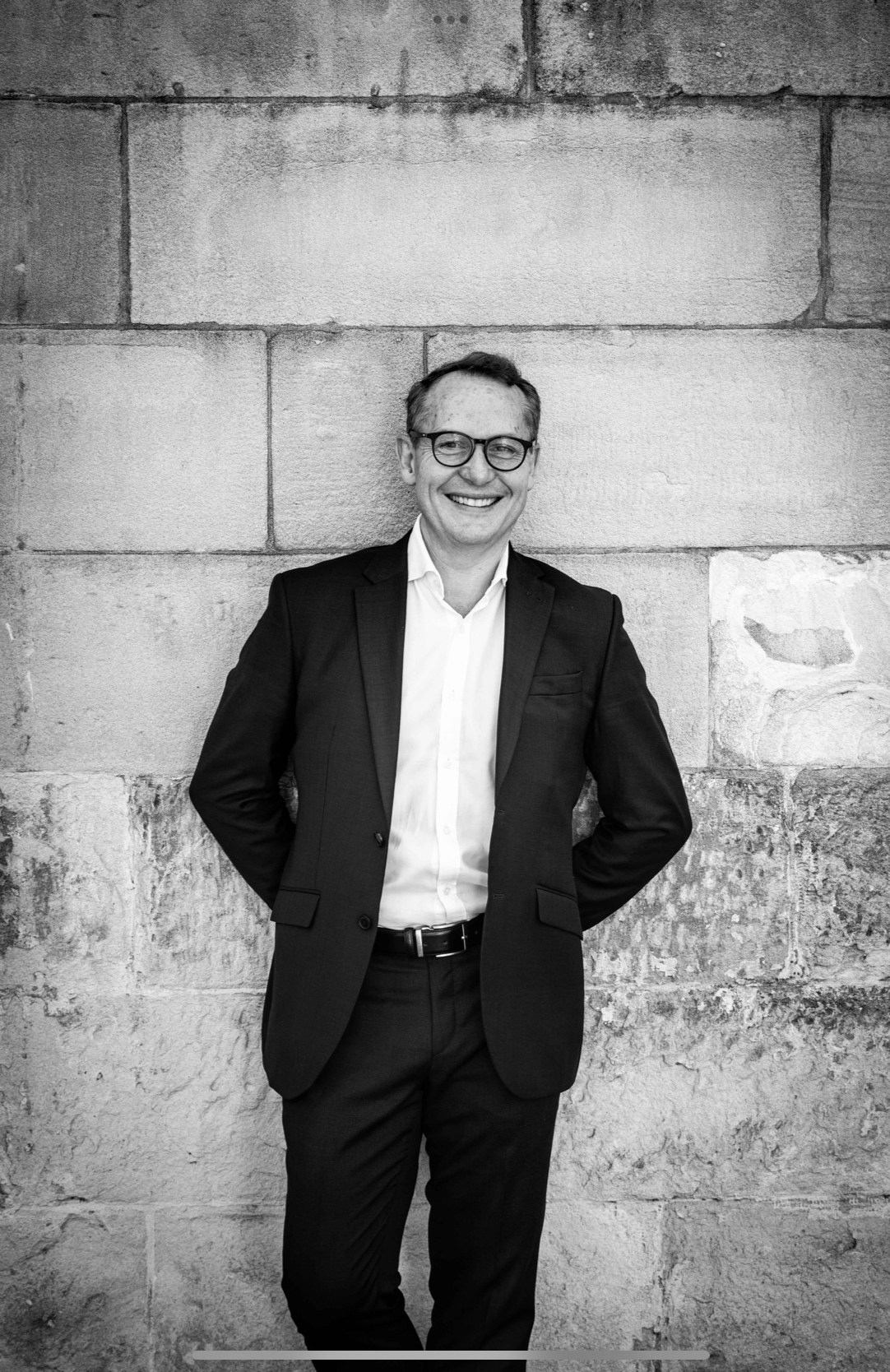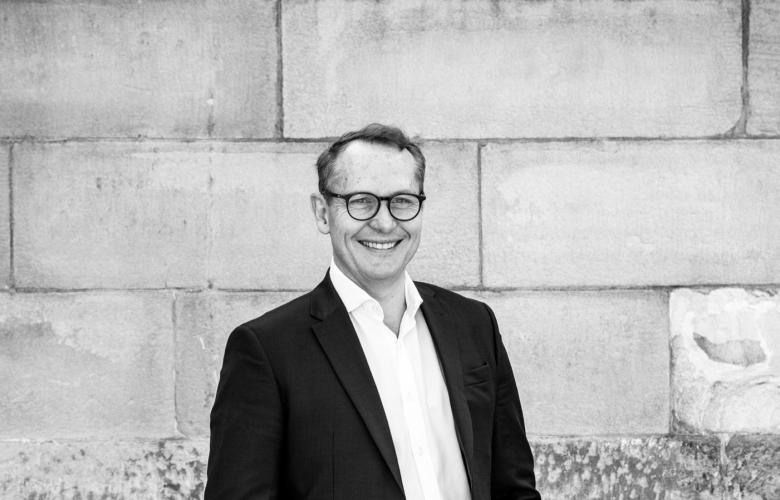Unlocking the Potential: Early Education evolves into one of the top property investments in Australia
Contact
Unlocking the Potential: Early Education evolves into one of the top property investments in Australia
The landscape of commercial property investment in Australia is continually evolving, with early education cementing itself as a standout asset class, capturing investor attention at every price point says Michael Vanstone, Burgess Rawson New South Wales’ Director of Childcare.
The landscape of commercial property investment in Australia is continually evolving, with early education cementing itself as a standout asset class, capturing investor attention at every price point.
The increasing demand for high-quality childcare services, bolstered by substantial government subsidies and a growing population, has solidified early education as a robust investment with considerable potential for returns and sustainable growth.
With more parents entering the workforce and an increasing emphasis on early childhood development, demand for childcare services has surged. This growth of this asset has created a robust market, driving investment interest from individuals, institutions, and real estate developers alike.
Sales have surged with Burgess Rawson recording more than $1 billion in early education transactions over the past three years. We’ve also witnessed strong rental growth over this period.
Burgess Rawson’s latest Early Education Insights report showed that early education rents have grown 87 per cent over the past decade and by 27 per cent since 2020 alone. Rents in NSW have increased by 46 per cent since 2020, taking the cost to average $3,696 per place.
One of the key drivers behind the attractiveness of early education properties is the recurring revenue model inherent in the childcare sector. Unlike traditional residential or commercial properties, which may experience vacancies or fluctuating rental incomes, early education centres often operate at near-full capacity, providing a stable and predictable income stream for investors.
Furthermore, the essential nature of childcare services ensures consistent demand, even during economic downturns, making early education properties resilient to market volatility.
Government support and regulatory frameworks also play a pivotal role in shaping the investment landscape for early education properties in Australia.
The provision of subsidies and grants for childcare services, coupled with stringent licensing requirements and quality standards, fosters a competitive environment where only well-established and reputable operators thrive. As a result, investors are incentivised to partner with established childcare operators or developers with a proven track record, mitigating risks associated with tenant turnover or operational challenges.
From a financial perspective, early education properties offer investors an attractive blend of capital appreciation and steady income. The long-term nature of childcare leases, typically spanning several years, provides investors with income certainty, while the potential for property value appreciation offers additional upside potential.
Furthermore, the relative scarcity of brand new purpose-built early education facilities, especially in high-demand areas, can lead to favorable supply-demand dynamics, driving rental growth and enhancing property values over time.
In conclusion, early education presents a compelling opportunity for property investment in Australia, driven by robust demand, substantial government support, demographic trends, and financial viability.
By appreciating the unique dynamics and considerations associated with early education investments, investors can capitalise on this thriving market.
Related Reading:
Sydney suburban early education asset sold 5.32% by Burgess Rawson | Commo.
Early eduction asset sold 4.89% Burgess Rawson | Commo.








